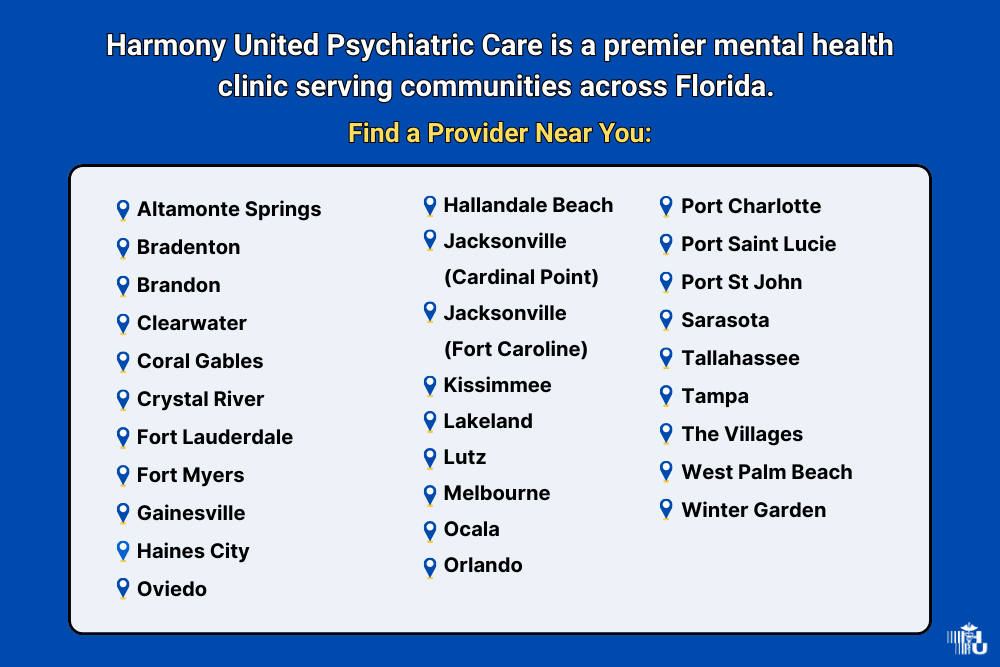For many adolescents and young adults who have experienced trauma, emotions can feel overwhelming, like living on an emotional rollercoaster with no brakes. Dialectical Behavior Therapy (DBT) offers a way off that ride, helping young people regain control, build resilience, and begin to heal.
Originally developed to support individuals struggling with emotional dysregulation, self-harm, and suicidal thoughts, DBT has evolved into a powerful treatment for trauma recovery. By balancing acceptance and change, DBT empowers adolescents to navigate challenging emotions and rebuild their lives with stability, purpose, and hope.
Understanding DBT: Core Principles that Support Trauma Recovery
At its heart, DBT is rooted in dialectics, the idea that two seemingly opposite truths can coexist. For trauma-affected youth, this means accepting painful emotions while simultaneously working toward meaningful change.
Trauma often brings waves of fear, anger, grief, and shame that feel unbearable. DBT helps adolescents recognize and validate these emotions without judgment, then respond in healthier ways instead of resorting to self-destructive behavior.
Unlike traditional cognitive Behavioral Therapies that primarily target thought patterns, DBT focuses on skills training that promotes emotional regulation, mindfulness, and interpersonal stability. The therapy centers on four essential skill sets:
- Mindfulness: Learning to observe emotions and thoughts without immediately reacting, allowing space for calm and clarity.
- Distress Tolerance: Building safe coping strategies for emotional crises and avoiding impulsive or harmful actions.
- Emotion Regulation: Developing tools to understand, label, and manage intense emotions effectively.
- Interpersonal Effectiveness: Strengthening communication and boundary-setting skills to foster healthy, supportive relationships.

How DBT Helps Adolescents Heal from Trauma Symptoms
The aftermath of trauma can trap adolescents in cycles of Anxiety, Depression, anger, and post-traumatic stress. Self-harm or suicidal ideation may emerge as attempts to cope with unbearable feelings. DBT breaks this cycle by prioritizing safety first, helping youth reduce harmful behaviors while building emotional management skills.
Research consistently shows that adolescents who complete DBT programs experience significant, lasting reductions in trauma-related symptoms. Many develop greater Emotional Awareness and resilience months after therapy concludes.
One key to this success is that DBT helps young people confront, rather than fear, their emotions, teaching that even intense feelings are temporary and manageable parts of the human experience.
How DBT Works: Therapy Structure and Family Involvement
DBT for adolescents typically includes a comprehensive, multi-part structure designed to create a consistent support network:
- Individual Therapy: Focuses on personalized goals and emotional regulation.
- Group Skills Training: Provides a safe environment to practice DBT techniques with peers.
- Family Involvement: Engages caregivers to learn the same language and strategies, fostering understanding and support at home.
Family participation is crucial, as it strengthens communication and reinforces DBT skills outside the therapy setting. Between sessions, DBT coaches may also be available to help adolescents apply coping strategies in real time, especially during emotional crises.
This hands-on approach gives youth the tools and confidence to manage challenges as they arise, not just in therapy sessions but in everyday life.
Rebuilding Identity and Trust Through DBT
Beyond symptom relief, DBT helps adolescents rediscover a sense of self-worth and trust—both in themselves and in others. Trauma can erode identity, leaving young people feeling unsafe or disconnected. DBT rebuilds these foundations through structured interpersonal skills, mindfulness, and emotional validation.
The practice of “walking the middle path”, a DBT concept that emphasizes balance and flexibility, encourages adolescents to move away from extremes in thinking or behavior. This approach promotes emotional balance, reduces conflict, and cultivates long-term resilience.
DBT: Helping Adolescents Move from Surviving to Thriving
Dialectical Behavior Therapy is more than just a treatment; it’s a compassionate roadmap for healing. By combining acceptance with actionable change, DBT equips adolescents and young adults with the skills to regulate emotions, reduce self-destructive behaviors, and build stronger, more supportive relationships.
Families, caregivers, and clinicians who embrace DBT open the door to profound healing. It offers not only survival after trauma, but the ability to thrive, to live with emotional insight, stability, and hope.
Each skill learned becomes a building block toward reclaiming balance and peace, making recovery not only possible but sustainable.
Get Support at Harmony United Psychiatric Care
Healing from trauma takes courage, and no young person should have to face it alone. At Harmony United Psychiatric Care, our experienced psychiatrists, psychologists, and therapists specialize in evidence-based treatments like DBT to help adolescents and young adults recover from trauma and build emotional resilience.
We offer both in-person and telepsychiatry services throughout Florida to ensure privacy, accessibility, and support wherever you are.
Call (800) 457-4573 or request an appointment online to begin your path toward lasting healing.For more information about mental health conditions, visit our Mental Health Library.
Frequently Asked Questions About DBT
-
What is Dialectical Behavior Therapy (DBT)?
DBT is a structured, research-backed form of psychotherapy that integrates mindfulness, emotional regulation, distress tolerance, and interpersonal effectiveness skills. It helps individuals manage intense emotions, develop healthy coping mechanisms, and strengthen relationships, especially for those recovering from trauma.
-
How is DBT different from CBT or EMDR?
Unlike Cognitive Behavioral Therapy (CBT), which focuses mainly on changing thought patterns, or Eye Movement Desensitization and Reprocessing (EMDR), which targets trauma memories, DBT emphasizes both acceptance and change. It teaches practical skills to handle emotional crises and maintain balanced relationships.
-
Can DBT help adolescents who have experienced severe trauma?
Yes. DBT is especially effective for adolescents experiencing self-injury, suicidal thoughts, or emotional dysregulation following trauma. It helps reduce risky behaviors and build resilience.
-
Is DBT effective for PTSD in young people?
DBT can be highly beneficial for trauma-related symptoms and co-occurring PTSD, particularly when combined with other trauma-informed therapies. It helps manage anxiety, emotional numbing, and hyperarousal.
-
How does mindfulness support trauma recovery?
Mindfulness teaches adolescents to observe thoughts and emotions without judgment, grounding them in the present moment rather than past trauma or future worry.
-
How does distress tolerance help prevent self-harm?
By providing alternative coping techniques during emotional crises, distress tolerance skills reduce impulsive behaviors and help adolescents navigate intense emotions safely.
Reference Link:
https://pmc.ncbi.nlm.nih.gov/articles/PMC3820084/
https://kidshealth.org/en/parents/dialectical-therapy-teens.html
https://med.stanford.edu/psychiatry/patient_care/adbt.html
https://my.clevelandclinic.org/health/treatments/22838-dialectical-behavior-therapy-dbt



Leave a Reply